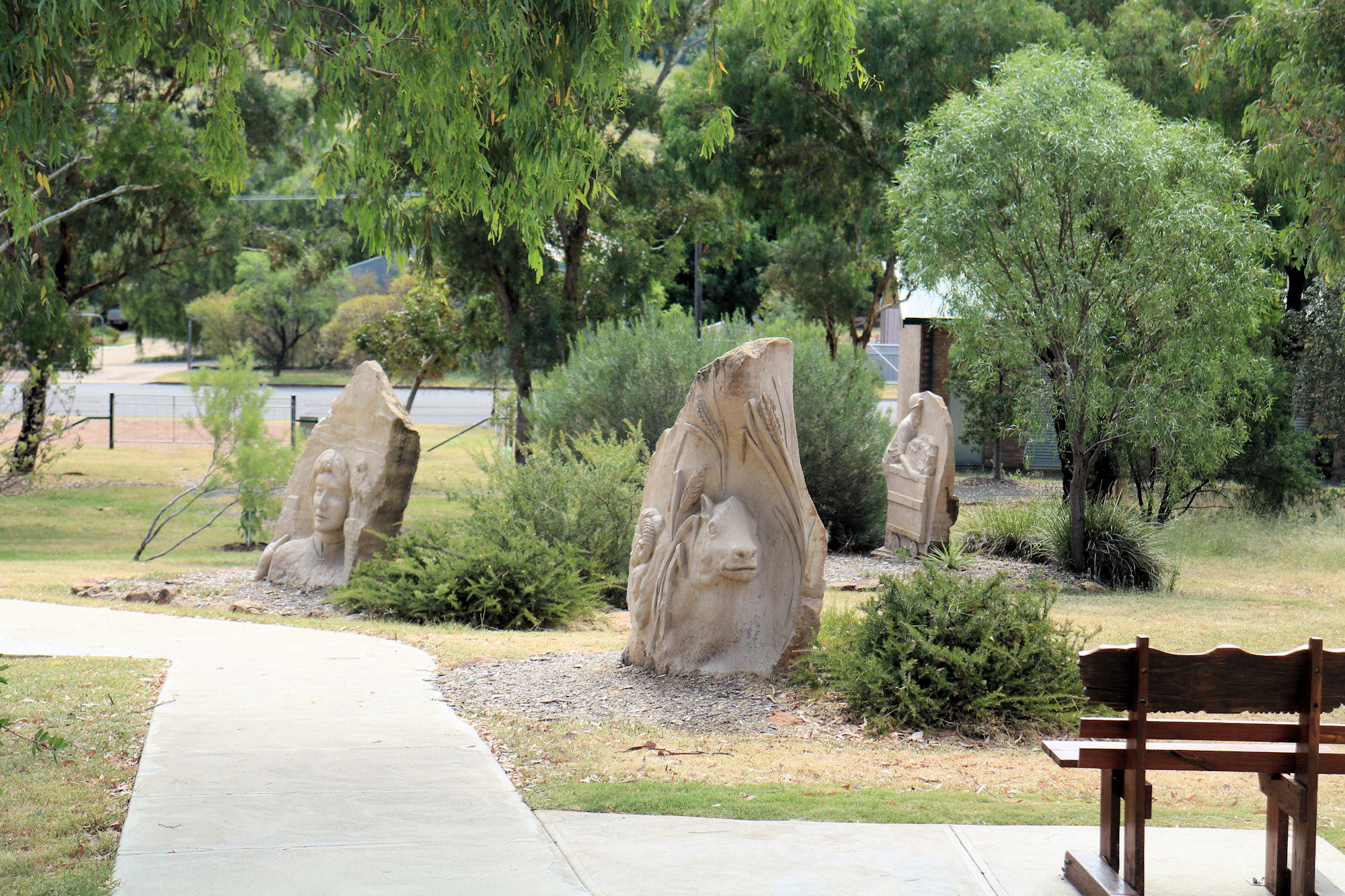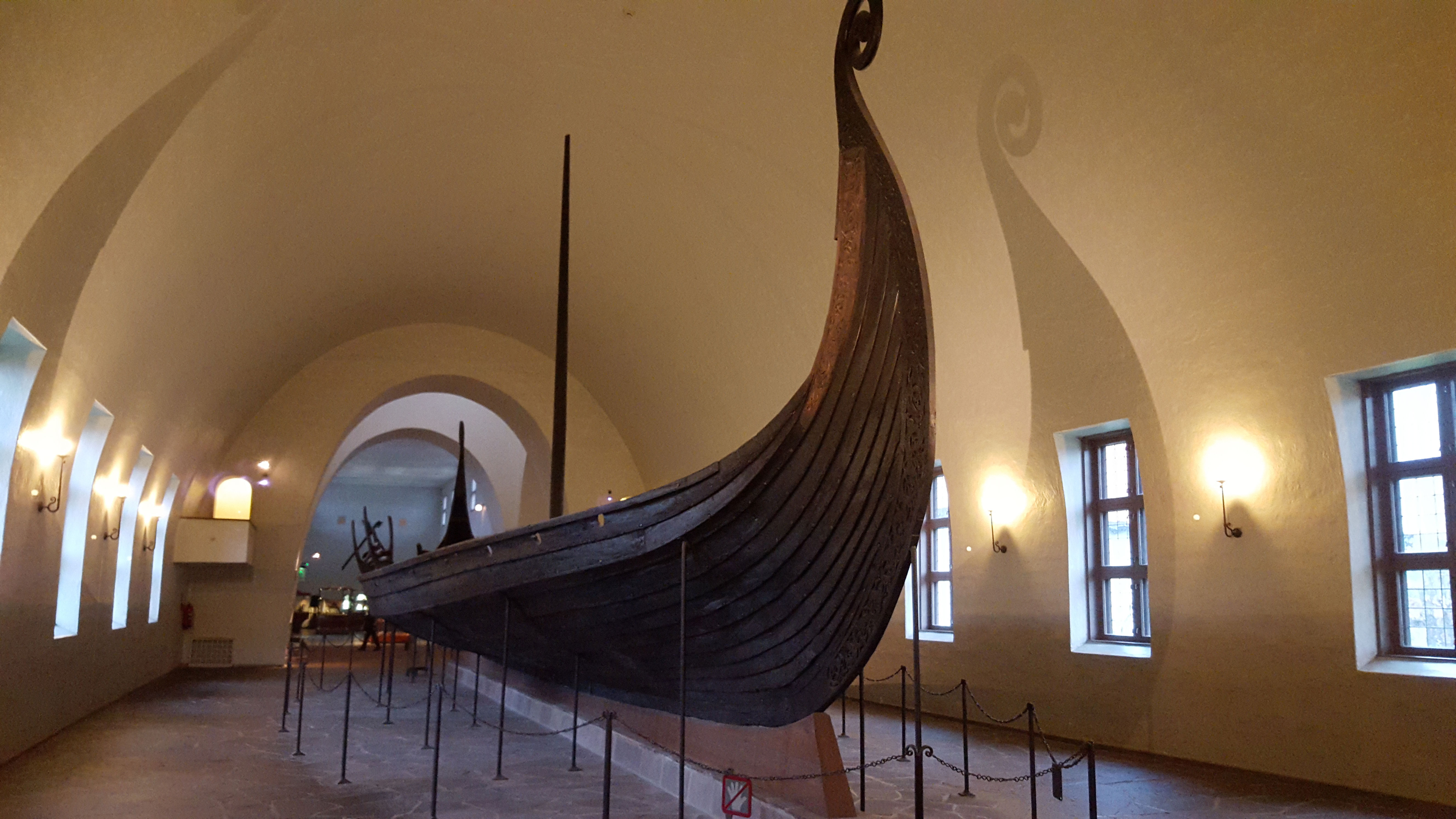Tag: Sculpture Park
-
Pensioners Hill Lookout Sculpture Park

Pensioners Hill Lookout and Sculpture Park A beautiful place with views over Gunnedah, Pensioners Hill Lookout also has a sculpture park, which makes an even more interesting place to visit. The walkway through the park is named after Ailsa Iceton, a nurse who performed many charitable works in Gunnedah. During the Great Depression, she would… Read more
-
Mudgee Central West NSW
Mudgee Central West NSW Frog Rock Before arriving at Mudgee in the Central West of NSW, we stopped at Frog Rock to take a quick photo of this unusual rock that looks like a giant frog. Interesting for a quick stop and photo. Its also easy to find as it is well signposted. Mudgee Regional… Read more
-
Oslo Norway

Oslo Norway Arriving in Oslo at the Central Train Station at 3:00PM, we made our way to our hotel. It was just across the road from the station, only a few minutes’ walk. Very handy, as we were departing by train too. The train station is very large and modern. We found it easy to… Read more